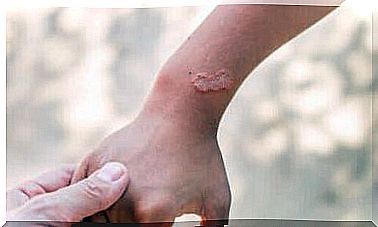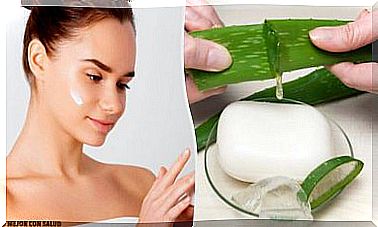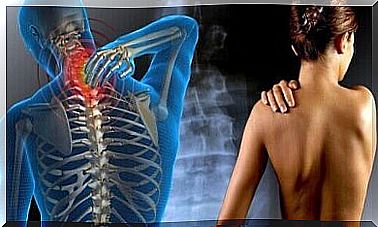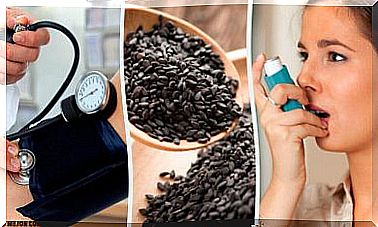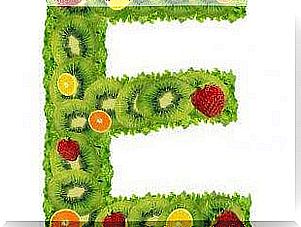Are Pacifiers And Baby Bottles Harmful To The Baby?

The use of pacifiers and feeding bottles in babies is very common. Some parents choose to use both, while others avoid them. Are pacifiers and baby bottles harmful to the baby?
The effects of using a pacifier and feeding bottle on a baby’s health are controversial. According to some arguments, both are key tools in financing and feeding a baby, but there are also some opposing views.
Modern mothers make a lot of use of both tools, and they are certainly useful in some way. But their use also has detrimental effects. Below you will find more facts about the use of pacifiers and feeding bottles.
Pacifiers and feeding bottles: how do they work?
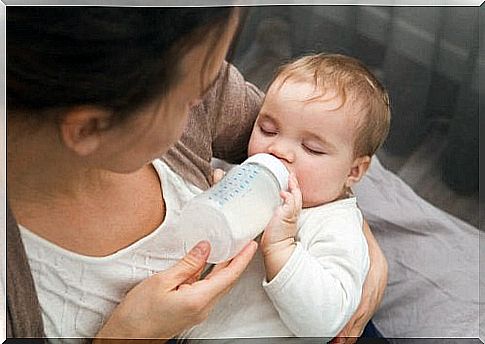
The use of both pacifiers and feeding bottles is associated with the baby’s innate sucking reflection. This reflex appears at the 32nd week of pregnancy, but develops completely at the 36th week.
The sucking and swallowing reflex ensures the baby’s survival. They allow the baby to eat, and on the other hand, sucking also soothes the stressed baby. For the same reason, babies also suck their fingers.
These reflexes typically disappear at about six months of age. The baby utilizes them to grab his mother’s chest to eat and calm down. These reflexes are also helpful when a baby uses a pacifier to calm down or to eat a feeding bottle if he or she is not receiving breast milk.
When are pacifiers and feeding bottles used?
Breastfeeding mothers don’t always get a baby to use a pacifier. Naturally, the baby favors his mother’s breast, not only for eating, but also for calming down.
If the baby cannot be breastfed, pacifiers and feeding bottles can be used as a breast replacement for the mother. Sucking a pacifier has a calming effect, while a feeding bottle is used to feed a baby.
Pediatricians often disagree on the age at which children should use a pacifier and baby bottle. Some say it should be used until the first year of age, while others think the baby bottle should be used until 18 months and the pacifier until 18-24 months. After that, they are not needed.
Are pacifiers and baby bottles harmful to the baby?
Sucking a baby bottle is easier than sucking on the breast, but because the milk comes out almost on its own, the tension in the muscles of the tongue and lips can be reduced (hypotension) and the cheek muscles can grow too much.
Breastfeeding, on the other hand, involves more movement. The nipple goes to the back of the mouth, which requires coordination of movements between the jaw and the tongue to get the milk.
As the baby grows, sucking and swallowing cease to be reflexes. They gradually become voluntary movements as they are needed for chewing and eating. At the same time, the parts of the face needed to form speech develop.
Consequences of long-term use of a pacifier and a feeding bottle
A baby fed a baby bottle must improvise the technique of sucking, swallowing and breathing to dispense milk from the bottle and swallow it without suffocation. Using the bottle for a long time in addition to the pacifier can adversely affect the child’s development:
- Risk of breathing food: Reorganizing muscles can cause a child to sniff and inhale food.
- Prolonged apnea episodes: Babies who drink milk replacements tend to sleep harder, but may have shortness of breath or stages where breathing is very superficial during sleep.
- The child may become accustomed to breathing through the mouth: This can cause respiratory infections, hearing loss, and changes in chest and jaw development.
- The position of the neck and head as well as the vertical position of the body may change. Improper functioning of the tongue and jaw causes the head and neck to be in an incorrect position relative to the waist and the body in an upright position to compensate for the malfunction.
- The development of the jaw and teeth is disturbed. A baby drinking from a baby bottle does not have to use as much force when sucking, which would be very important for the balance of pressure in the internal (tongue and palate) and external (lips and cheeks) muscles.
- The risk of cavities increases, especially if the child drinks from a baby bottle before going to bed. Sugar or sugar-containing substances added to substitutes stick to the teeth. This happens when the baby drinks from the bottle while falling asleep, as the teeth cannot get cleaned.
- Because the masticatory muscles do not develop properly, articulation of the tongue can become difficult. This can slow down speech development.
I can’t breastfeed: what should I do?
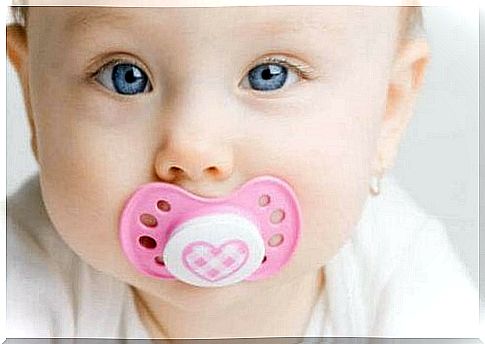
If you are unable to breastfeed, you should try to use the pacifier and baby bottle for as little time as possible. Some mothers use mugs and whistles or even small spoons rather than baby bottles and do not allow the child to use the pacifier. Carefully consider whether this works for you and your baby.
In any case, it is important to avoid using these devices before going to bed, as their long-term use can be addictive.
Excessive use of a pacifier or feeding bottle may result in your child having to use braces later to correct possible swallowing problems and deformities of the bones and teeth. It can also lead to the child needing a speech therapist in the future.
Although this does not happen to all children, its likelihood may increase as a result of excessive or prolonged use of the pacifier and feeding bottles.

